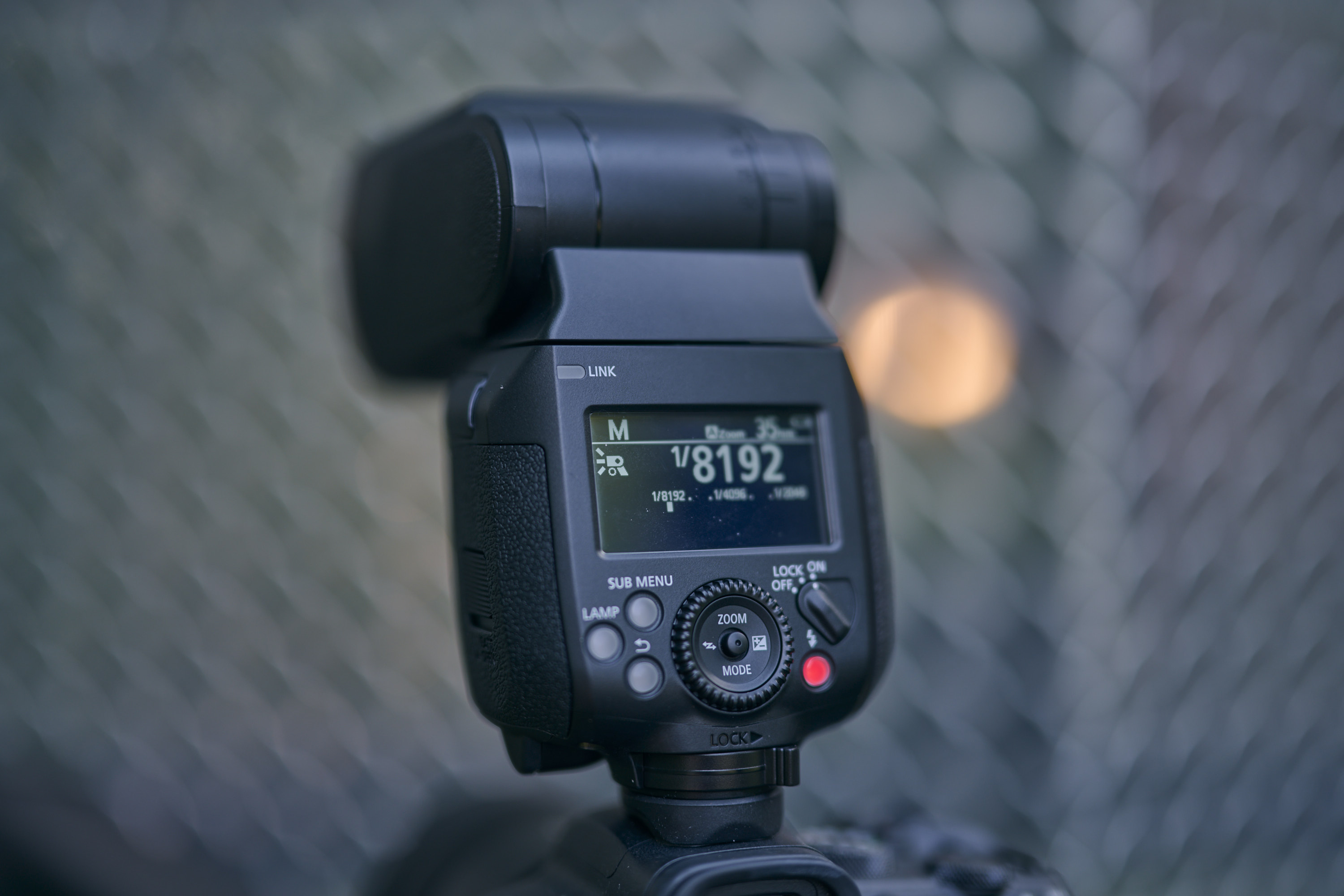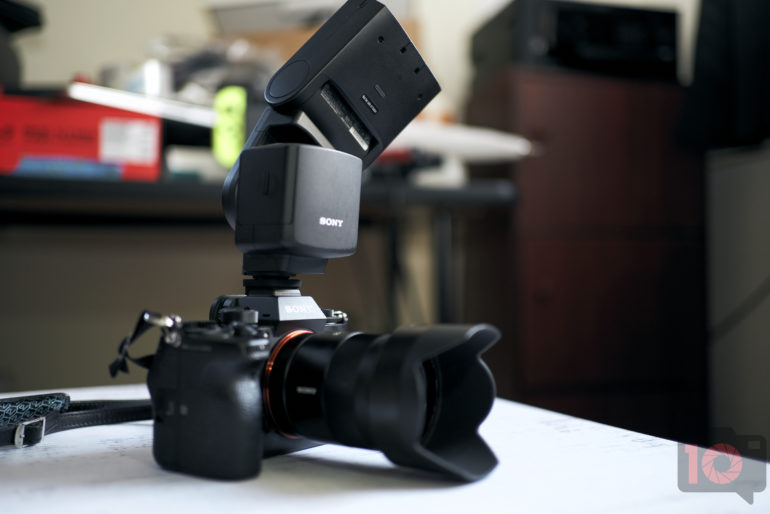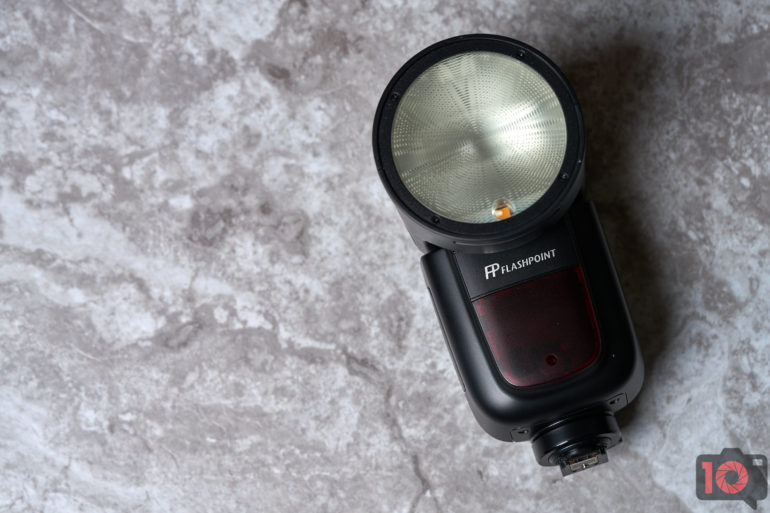For over the past decade, every lighting guru has told us to take the flash out of the hot shoe. You’ll probably recognize a few key names if you’ve been around for a while. David Hobby, the Strobist, probably taught all of us how to light. Syl Arena probably taught us all how to shape the light. And Dustin Diaz, the man from Flickr himself, taught us all what’s possible. They all took the hot shoe flash out of the hot shoe and out it onto a light stand. But there are situations where a hot shoe flash is handy in the hot shoe. And overall, they need more power.
We hate banner ads too. Download our app for iOS, iPad, and Android and get no banner ads for $24.99/year.
I think photographers long forgot that a hot shoe flash is handy at times in the hot shoe. There are events, weddings, journalism, macro, and portrait situations where your flash belongs in the camera’s hot shoe. But for the past decade, the light output has been rather anemic. Flash manufacturers have just kept it all the same. They argue that high ISO output on cameras is so good you can shoot at ISO 1600 and f2.8 and still get the results you need. But these folks seem to not attend dark events.
While the output from cameras has gotten better, the events have gotten darker. In the past decade, I’ve gone to at least three events a year where a camera could see better than I could. When the light is that dim, the camera can’t do enough. And that’s why I think hot shoe flash manufacturers need to change.
They’ve complained about LED lighting taking over and Chinese manufacturers biting into their profits and yet haven’t bothered to push their own products further. It reminds me of a lot of other things in the photo world:
- Do you remember TTL cords? They were replaced by radio transmitters.
- Do you remember PocketWizard? They were replaced by more manageable products.
- How about Quantum flashes and radios? Pretty much everything replaced those.
- The biggest slap came from Sony this past year, which didn’t even update their flashes to have USB-C cable inputs.
The brands I need to give credit to here are Profoto and Elinchrom. Both push the boundaries when they can. So, here’s a call to all the hot shoe flash manufacturers. Please, do something different. I refuse to agree with some brands’ assertion that everyone is just taking up LED lights. They’re only taking up LED lights because you’re not giving them a good reason to buy a hot shoe flash. Here are a few things you can do:
- Give us Bluetooth connectivity instead of radio transmitters.
- Give hot shoe flashes more power output. At a $700 price point, I should be getting something at least 180 watt-seconds.
- Stop working with Guide numbers. Work with watt-seconds and lux.
- Change the shape of the flash head a bit.
- Include a collapsible softbox of some sort as a kit.
- Weather seal your flashes.
- Give us touch screens.
- Include USB-C ports.
- Give us recommended settings for manual mode with apertures, ISO settings, and focal lengths. Think along the lines of the Vivitar 285.
Hot shoe flash doesn’t have to die if manufacturers try harder. If photographers have had to do it, there’s no reason why manufacturers shouldn’t.




